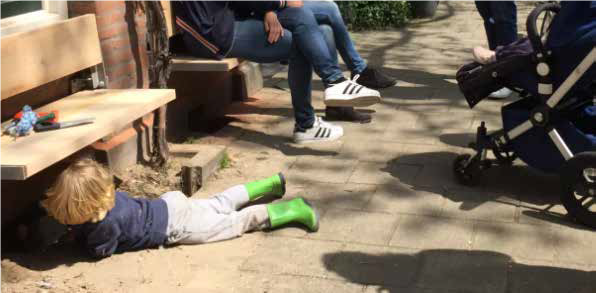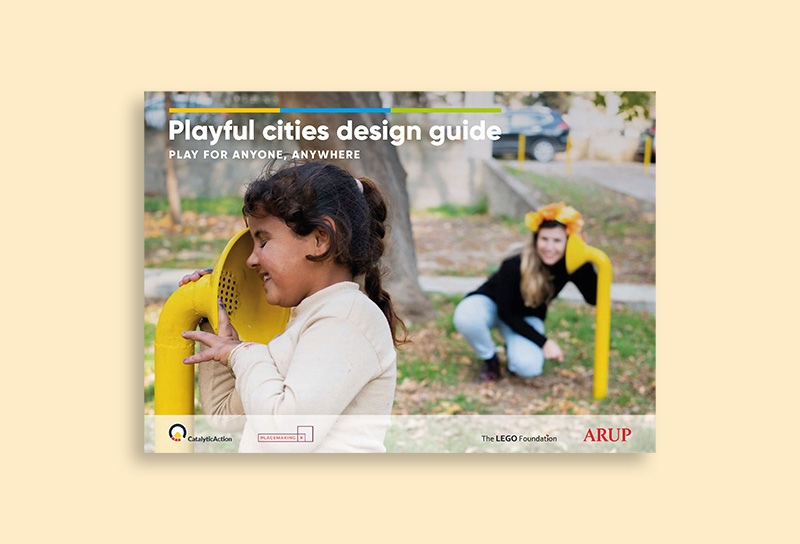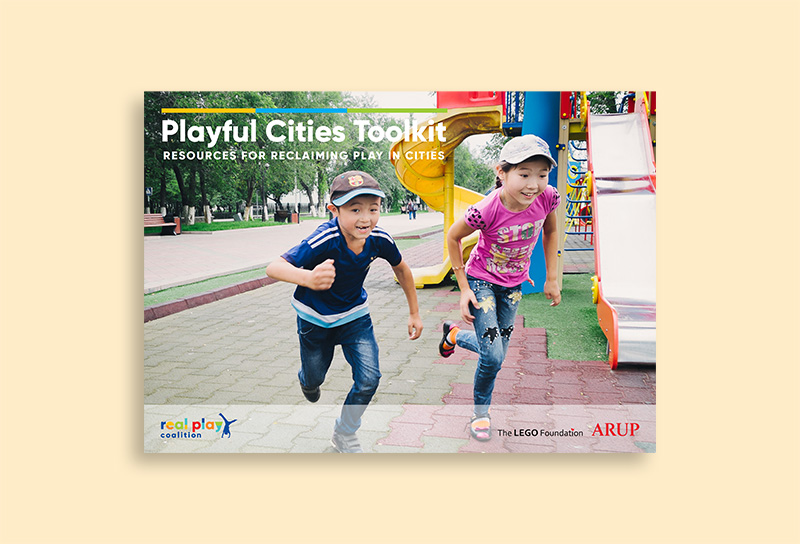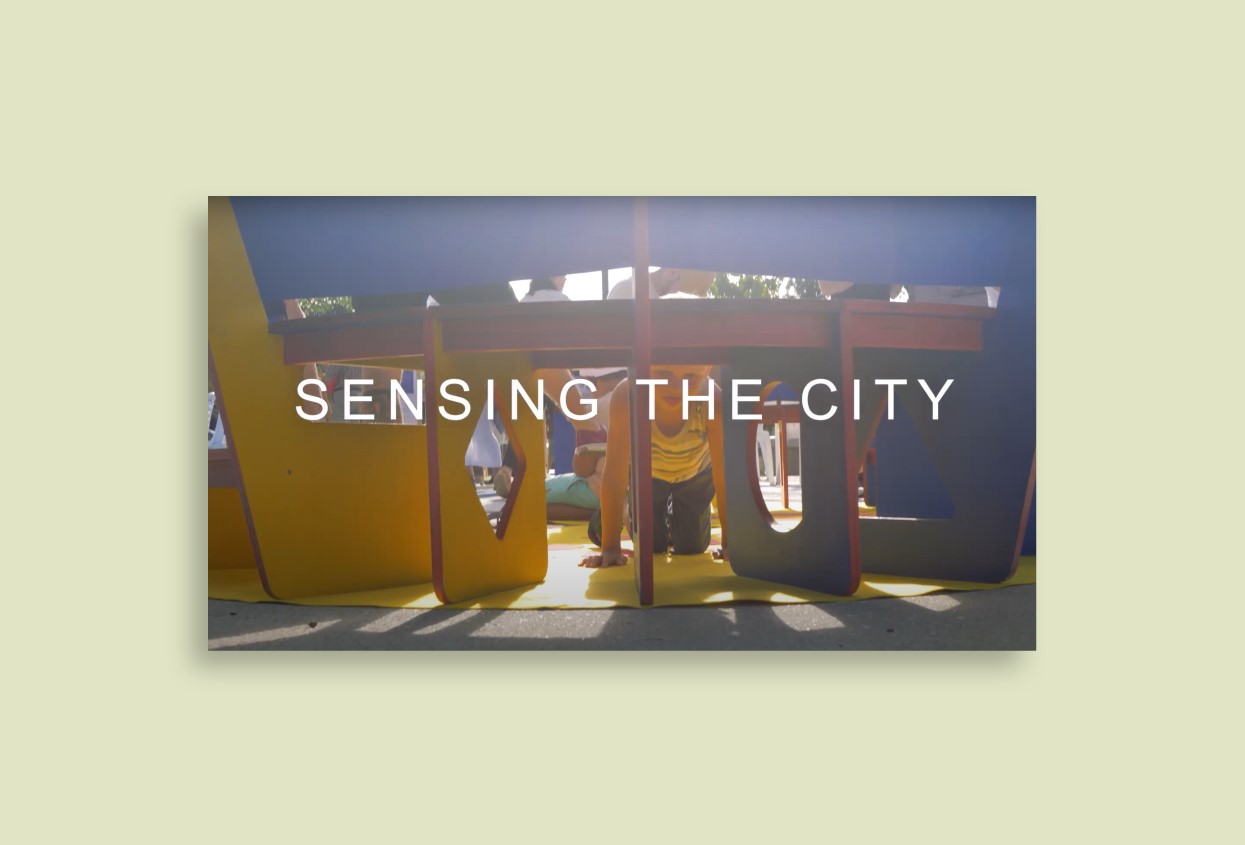
Overview
The Playable Streets initiative includes a series of street upgrades designed to give back the streets to children. Small changes, such as wider pavements and greenery, can help regain the normality of playing independently. The interventions adapt street sections to support a richer mix of uses, including seating and play areas that accommodate children, their caregivers, and the broader community. This provides equal access to play space and independent play opportunities for everyone.
Location:
Egypt, Rwanda, Netherlands
Organisation:
Make Space 4 Play
Beneficiary:
Children aged 0-5, Caregivers
Scale of proximity:
Neighbourhood
Built environment component:
Public space, Street
Design insights
Spatial/physical:
Broadening pedestrian pavements (ideally 4 meters minimum width), allowing children to play while pedestrians can still use the same pavement.
Traffic calming solutions: combining parking spaces at a parking lot around the corner; dividing the parking spaces in groups of four parking spaces on both sides of the street to create slower zigzag streets.
Physical barriers between the pavement and the street protect children from running directly into the street, ideally multifunctional elements. i.e. bike parking, benches, or greenery.
Material:
Giving ownership of a strip (60 cm / 2 tiles) of the pavement to the residents, to enable a ‘soft’ pavement area -with greenery and furniture- alongside houses, which helps to soften the environment at child’s eye level and to intensify the ownership and use of the pavements.
Ready-made play elements are not necessary. Differentiating public space fragments from their surroundings attract children to experience the different physical (height differences), tactile, visual or auditive appearance by themselves.
Implementation insights
An important secret lies in attracting the parents and caregivers to the space by providing seats and shaded shelter (depending on the local climate) looking out over the children. Designing for the youngest children is also designing great places for their care givers, with extra multi-use elements for their children.
Links:
https://thecityateyelevel.com/app/uploads/2019/06/eBook_CAEL_Kids_Book_Design_Kidsgecomprimeerd.pdf



